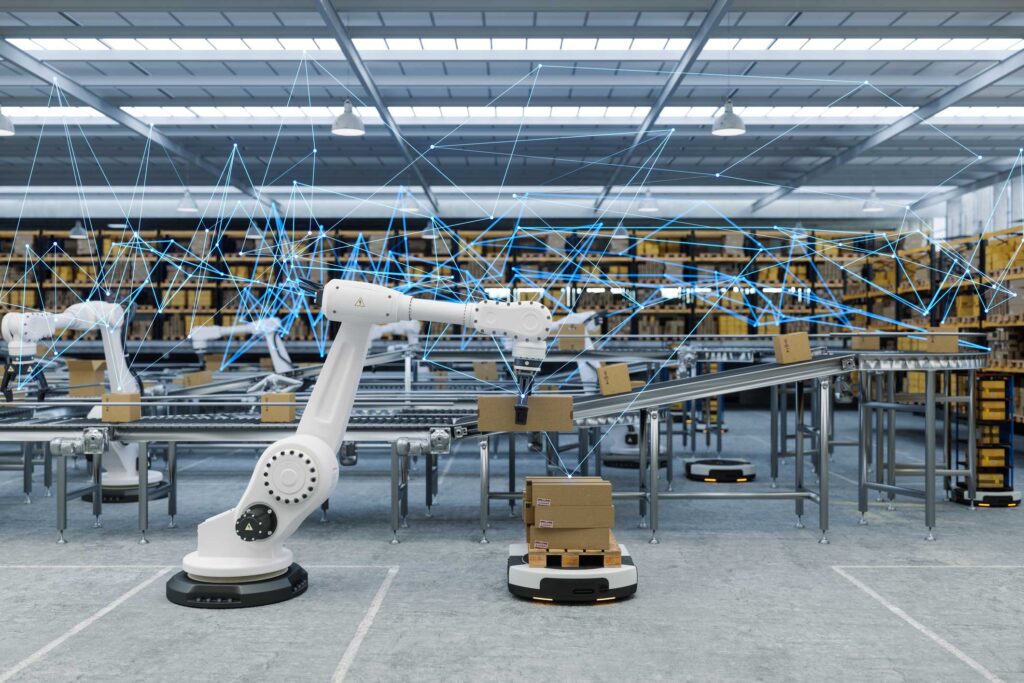The Quiet Backbone of Industry
Walk into any factory, from a family-owned workshop in Birmingham to a sprawling electronics plant in Shenzhen, and beneath the hum of machines you’ll find something less visible but equally vital: production planning.
Production planning is the backbone of manufacturing operations. It ensures that raw materials arrive on time, machines are scheduled efficiently, labor is balanced with demand, and customers receive products when promised. It is where strategy meets execution.
For decades, this backbone has been supported—sometimes precariously—by spreadsheets. Microsoft Excel has been the silent workhorse for production planners across the world. Its familiar grid of rows and columns has hosted production schedules, bills of materials, and supplier data. For many, Excel was “good enough.”
But as supply chains globalized, customer expectations soared, and volatility became the new normal, Excel’s limitations were laid bare. The old spreadsheet is struggling to support the weight of modern manufacturing.
By contrast, Enterprise Resource Planning (ERP) systems—especially cloud-based platforms like Axolt Cloud ERP—offer manufacturers a chance not just to modernize but to transform. ERP replaces static spreadsheets with integrated, real-time decision environments.
This article, written in the style of a Harvard Business Review analyst report, explores the journey from Excel to ERP: why spreadsheets thrived, why they are breaking down, and why ERP systems—particularly modern, cloud-native solutions—are becoming the strategic choice for manufacturers determined to stay competitive.





